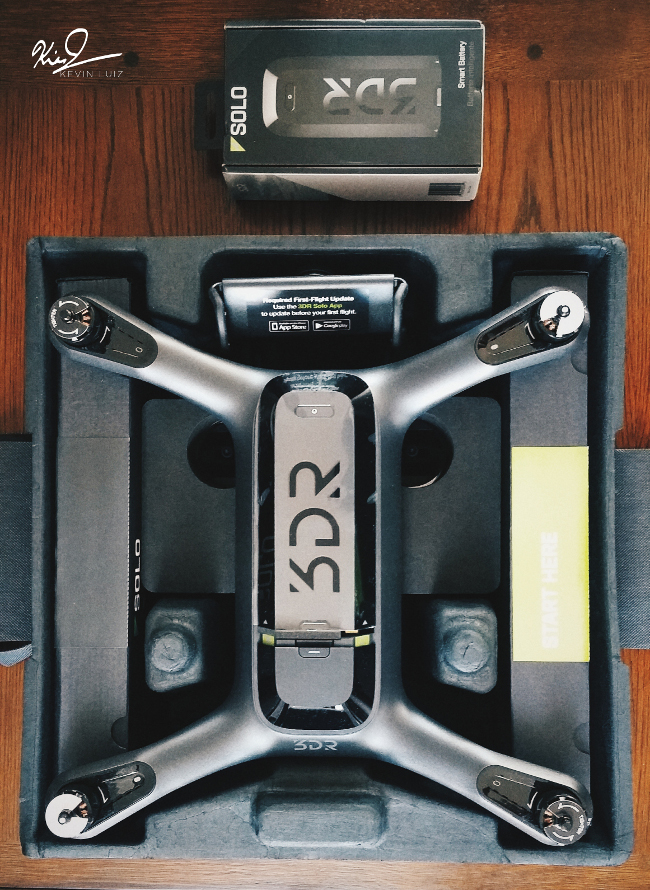
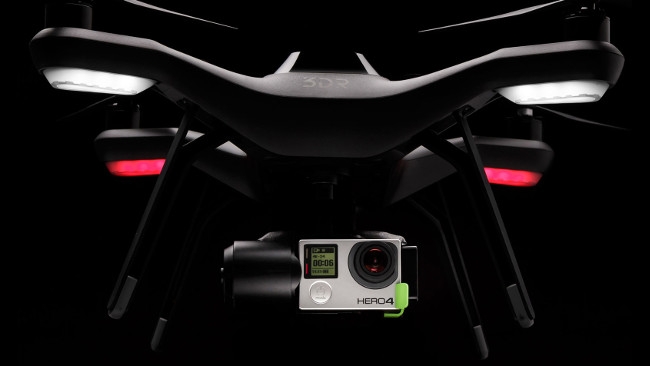 3DR Solo Review
3DR Solo Review
The 3DR Solo has evolved from an interesting yet buggy newcomer in the drone market to become a versatile and reliable performer. And there may be more to come.
This review has been long in coming. The 3DR Solo hit shelves in June of 2015 and has been filling the airways with buzz ever since (pun intended). This compact quad copter is sleek, agile and features some unique characteristics that put a lot of other UAVs to shame. Flash forward nine months later; I am now fully prepared to weigh in on this copter, having experienced a lot of the growing pains of a fledgling product.
I want to make something clear before we dive in; the product I received nine months ago is definitely not the product I am using today! It's truly amazing how far this copter has come and we are going to go cover a lot of ground to fully understand its worth in the drone market.
Overview: 3DR Solo, A Flying Camera
Since the inception of multicopters, there has been a notion that consumers aren't necessarily looking for a model aircraft, but rather a flying camera. With this in mind, 3DR set out to create a product that was a fully developed platform, capable of executing complex / fluid smart shots. For years, UAV pilots have had to rely on dual operations with lots of practice and communication to accomplish some of the shots Solo can create effortlessly. This is in part thanks to Solo's two on-board Linux computers, crunching numbers and algorithms like a jet fighter calculator.
What 3DR has done is quite ingenious and, since then, many companies have tried to emulate it (the likes of Yuneec & DJI). The Solo enables the user to have a very intuitive experience with its platform, allowing them to focus on the camera movements over actually flying the unit. While in the air, a user can fly to two desired locations and set his-or-her camera's angle. By pressing the 'A' and 'B' buttons on the controller, these coordinates are locked in and create a sophisticated flight path.
So once your waypoints are set, what does this mean? Repeatable action or, as 3DR likes to call it…"Cable Cam!" The Solo will continuously fly between 'A' and 'B', repeating the movements and camera angle. If your subject deviates or a little wind pushes the unit slightly off course, the user can opt to control the camera's position in virtual space to correct the movement on the 'cable'.
As a user, this is the holy grail of media production. Being able to repeat an action so you can orchestrate your shots is something not even big name competitors offered until recently. This, of course, is merely one feature in a long list of capabilities. Aside from cinematic filming, the Solo works as an amazing platform for autonomous topographical scanning, utilizing 3DR's own Tower app. We could go over all of these features, but take a look for yourself and catch up with all the Solo has to offer in this video:
Payload: Cameras, Accessories and Upgrades
The Solo in its current state supports the GoPro Hero 3 Black, 3 Black +, 4 Silver and 4 Black. Through the gimbal, however, the Hero 4 Black is the only one the Solo has complete control over while in the air. This is thanks to 3DR cross talking with GoPro to access its API via the 30 pin bus on the back of the camera.
Officially, the Solo is rated at a payload of 420 grams. While this doesn't compare to some of the larger copters, namely the Inspire 1, the whole concept behind the Solo is that the unit is upgradeable. I had to perform a motor swap on one of my arms and it is so simple a child could do it.
One thing I've discovered while working with the GoPro Hero 4 Black is that it really is a decent camera when you put effort into the image. Despite having the inability to control the shutter, the image creates a much more robust feel than the brittle image coming out of the Phantom 3 Professional. My main gripe with working with the camera in 4K is the barrel distortion. Additionally in this camera mode, you need to be mindful of how you move the Solo, as you can catch the left leg in the shot with aggressive maneuvers.
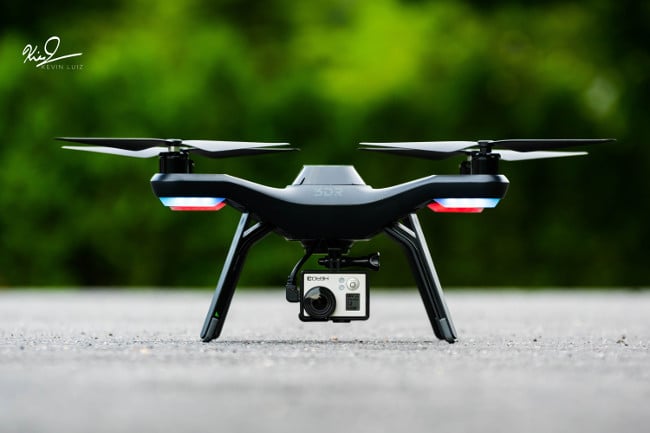
The wonderful thing about utilizing the GoPro with the Solo though is that there are a lot of third party developers that can enhance your overall image. Indeed, the concept around the 3DR and payloads is very exciting. Unlike the competition that seems to be hell bent on a proprietary aircraft, 3DR has opened the platform to developers of all sorts (via open source coding). 3DR also intends on releasing an optical flow sensor, a high-powered light for search and rescue and even whispers of a machine vision camera system to enhance autonomous flight. The possibilities are really endless, as long as the community focuses on enhancing the aircraft.
Development: From A Half Baked Potato, To A Flying Wonder!

Generally speaking, when the 3DR Solo launched, v1.0 had some serious issues. One of these well-documented issues was that, upon takeoff, the unit occasionally had a GPS error where the unit would veer hard left or right out of control. This was alarming and potentially dangerous to the environment around it, but thankfully 3DR addressed this almost immediately by enabling an 'attitude-like' mode. This allowed the user to control the copter as if it is skating on ice till the unit reacquired the necessary satellites. To this day, the fix is still in place, but 3DR now employs quality control to the strength of each satellite before the Solo can launch to mitigate mode activation.
Overcoming these hurdles and more, the copter has performed admirably. It holds its hovering position well and its flight characteristics can be tuned in accordance to your mission (speeds up to 55mph). The batteries are great and last roughly 20 minutes depending on your flying style.
I took some time to fly my business partner's Phantom 3 (P3) and the experience was night and day. The P3 has some really snappy motors, but doesn't ease in and out on the sticks like Solo. Additionally, the Solo does not over correct ('twitch') in flight when sticks are released or correcting due to wind gusts. This just feels like a much smoother product on performance and it shows in the footage. I like the Solo because if I want to fly for fun, I can easily increase the response of the motors intuitively through the app. The copter can bank much easier and turn on a dime without drift, unlike my s900.
Performance from the gimbal is solid / smooth, but you need to route your HDMI cable properly on install. You'll notice in some of my own footage (Lake Tahoe) that there is some significant jello occurring. This was a result of the cable making contact on an internal axis motor. Once this is properly routed, you'll see smooth footage as intended and with a good prop balance, an image that doesn't requires post stabilization.
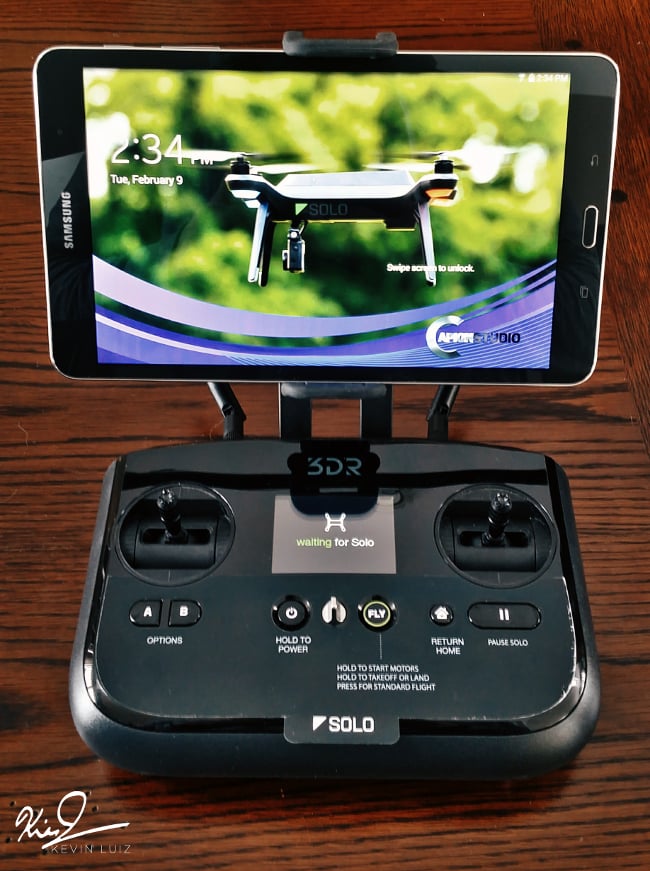
The same team that built the XBOX controller designed the Solo controller. It has very gamer-style feel, with a rocker button on the top and an LCD screen to display important information regarding telemetry / battery percentage. The remote has a distance of a half a mile, but this can of course be extended with third party antennas. The great thing about the controller is it also offers a mini HDMI out, so you can output your 1080p feed to an external monitor.
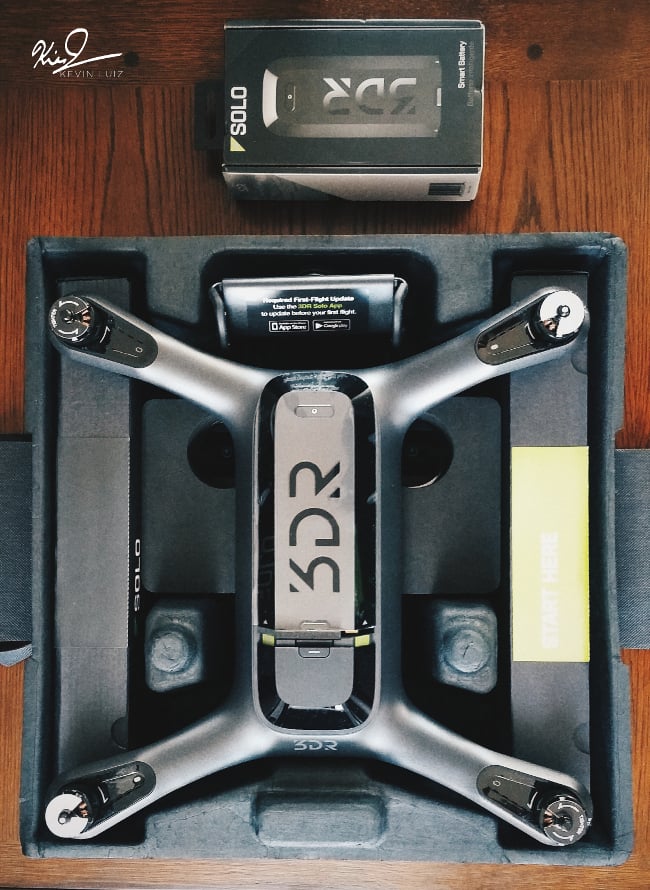
The copter also feels amazing to hold. The only way I can describe it is that it looks and feels like the first generation Playstation 3. The unit is built like a tank, weighing in at 3.9lbs, and is constructed of a high quality rigid formed plastic. The Solo has sleek and subtle contour lines and clearly was designed not only for flight, but built to be aesthetically pleasing as well.
Conclusion: Small Product, Larger Class
The Solo is a unique quad copter for many reasons. I've flown a number of aircrafts and, in a lot of ways, the Solo is result of miniaturizing these larger professional units. The Solo also is really the first step in creating a flying camera via its smart shot functionality.
While the Solo sits around the same dimensions of the P3 or Typhoon, its performance, features and upgradeability certainly trumps a number of quad copters in its class. The Solo to me feels more like a direct competitor to the Inspire 1 and, if 3DR capitalizes on a heavy lifter kit, the unit undoubtedly will be one of the best drones on the market.
From the beginning 3DR has stated, "The Solo you have today will only get better tomorrow." This speaks to the company's commitment to enhance and evolve the Solo, instead of just replacing it with a Solo 2. As a pilot, I encourage you all to take a hard look at the 3DR Solo and try one out for yourself.
Current pricing (as at 4 March 2016): $799 for the aircraft, $199 for the gimbal, $998 for Solo & Gimbal.
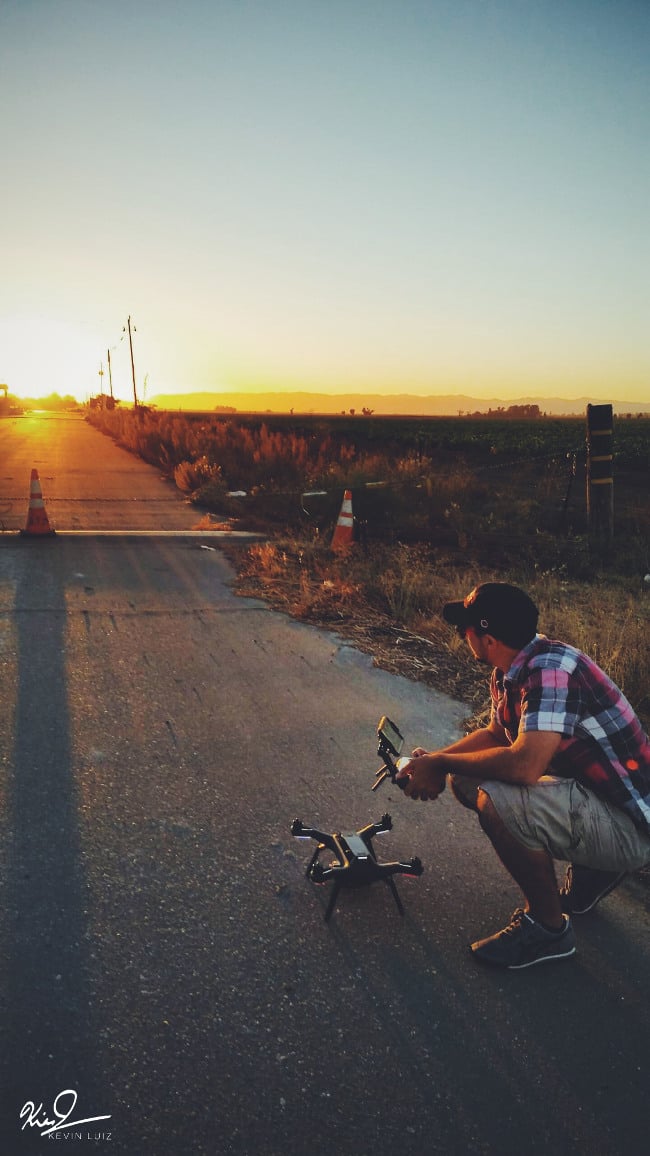
Tags: Production


Comments